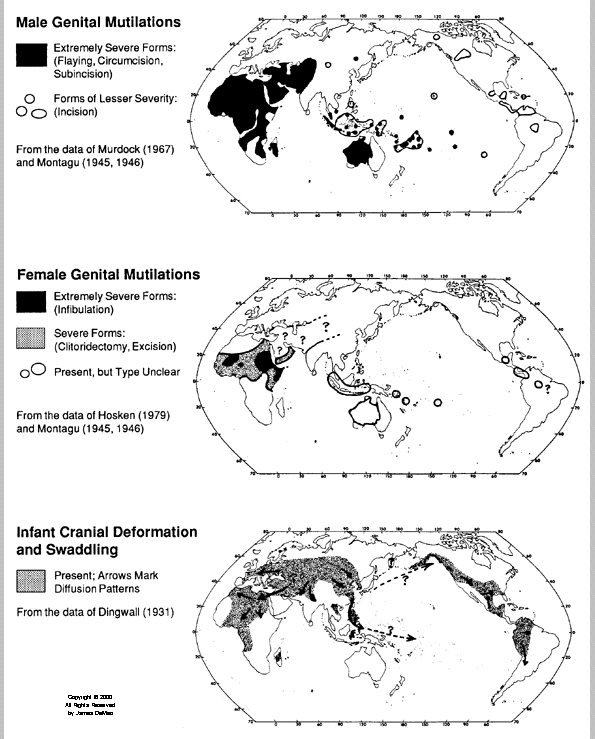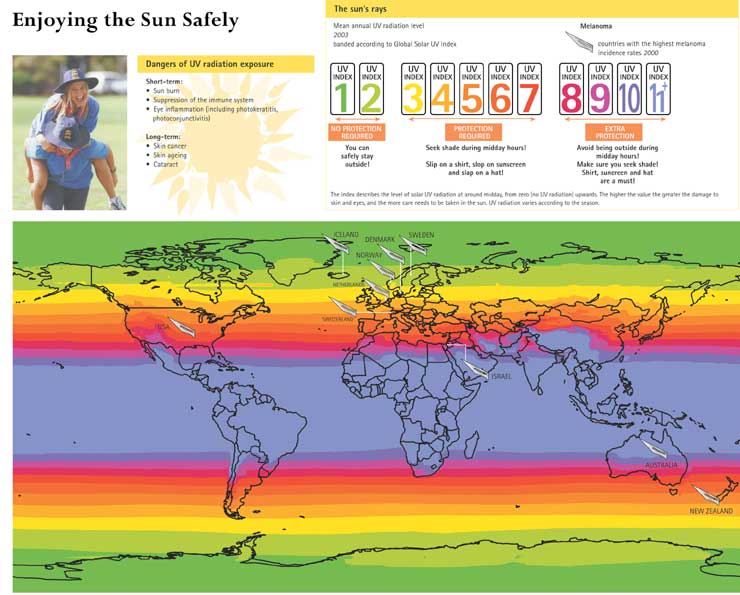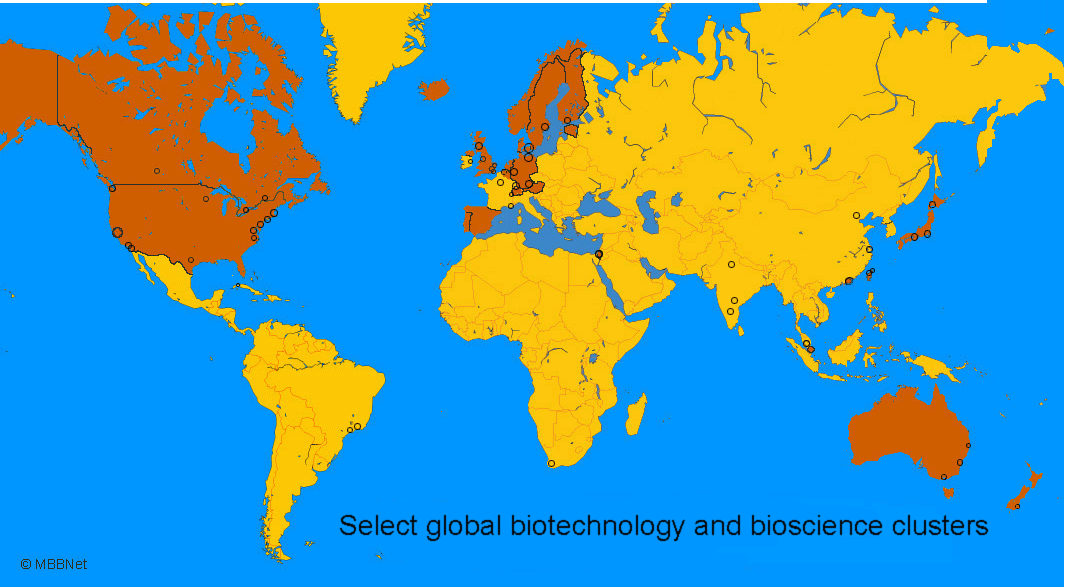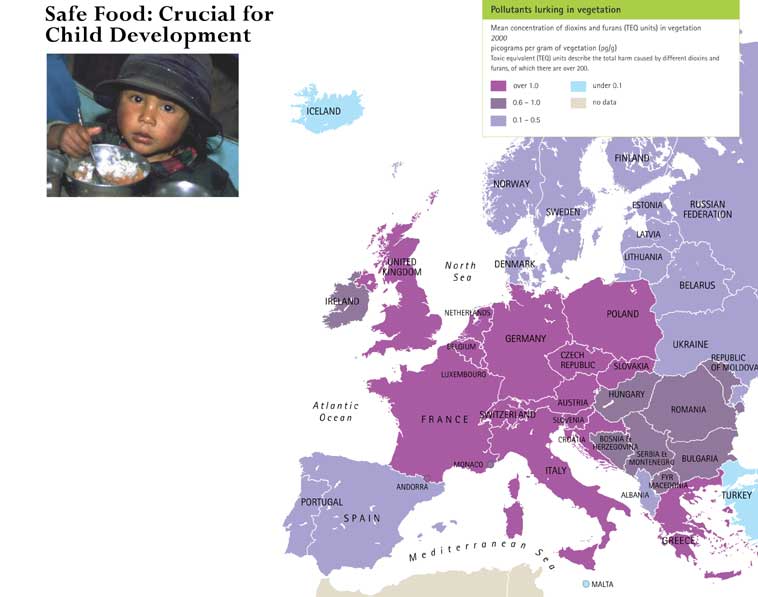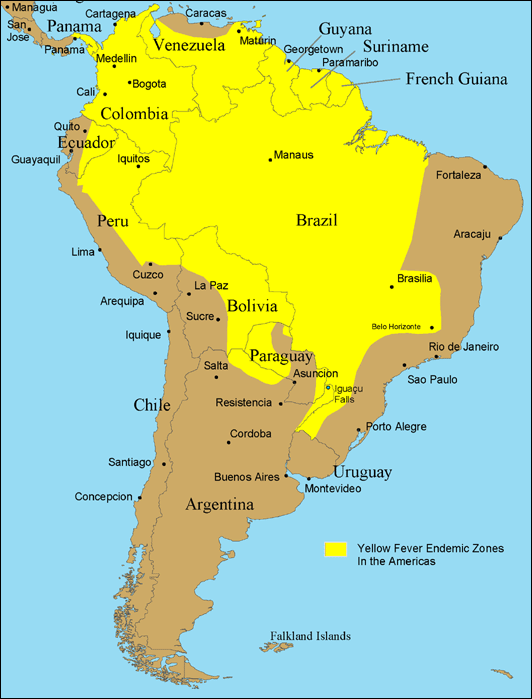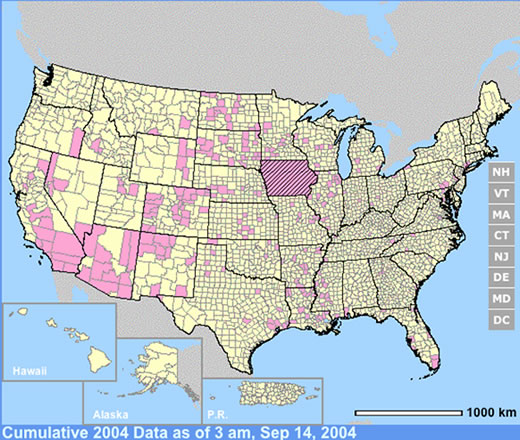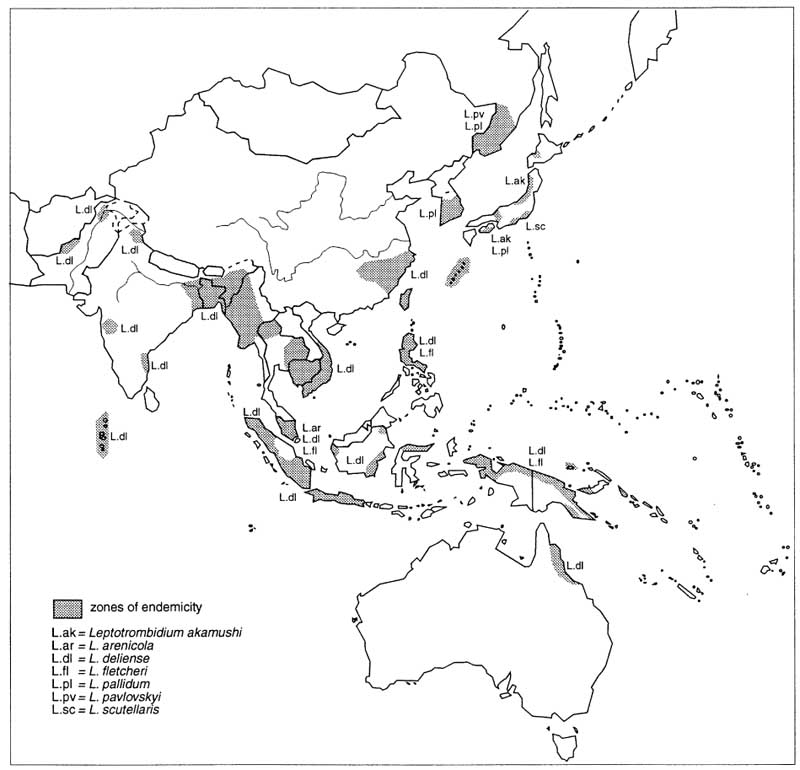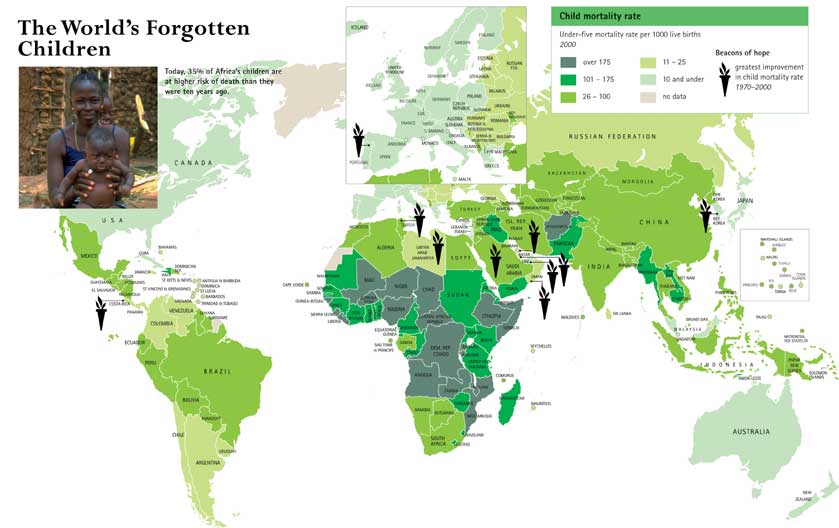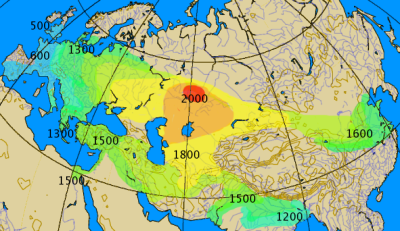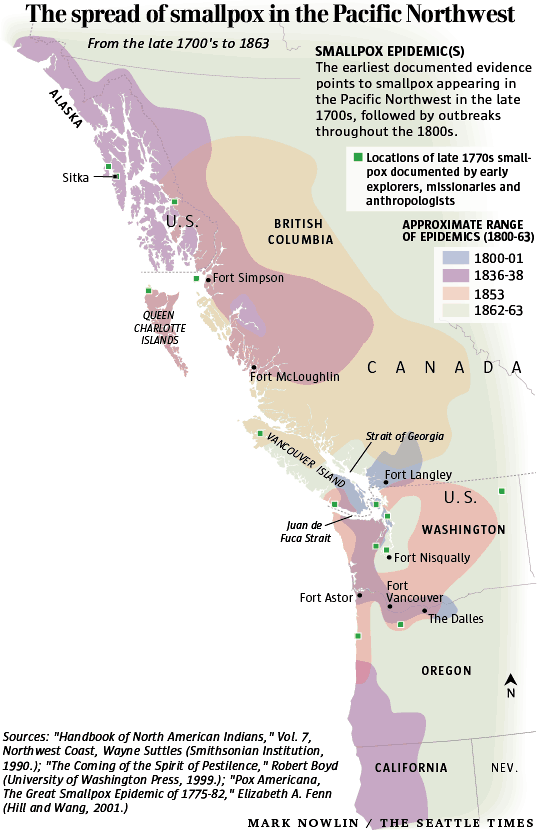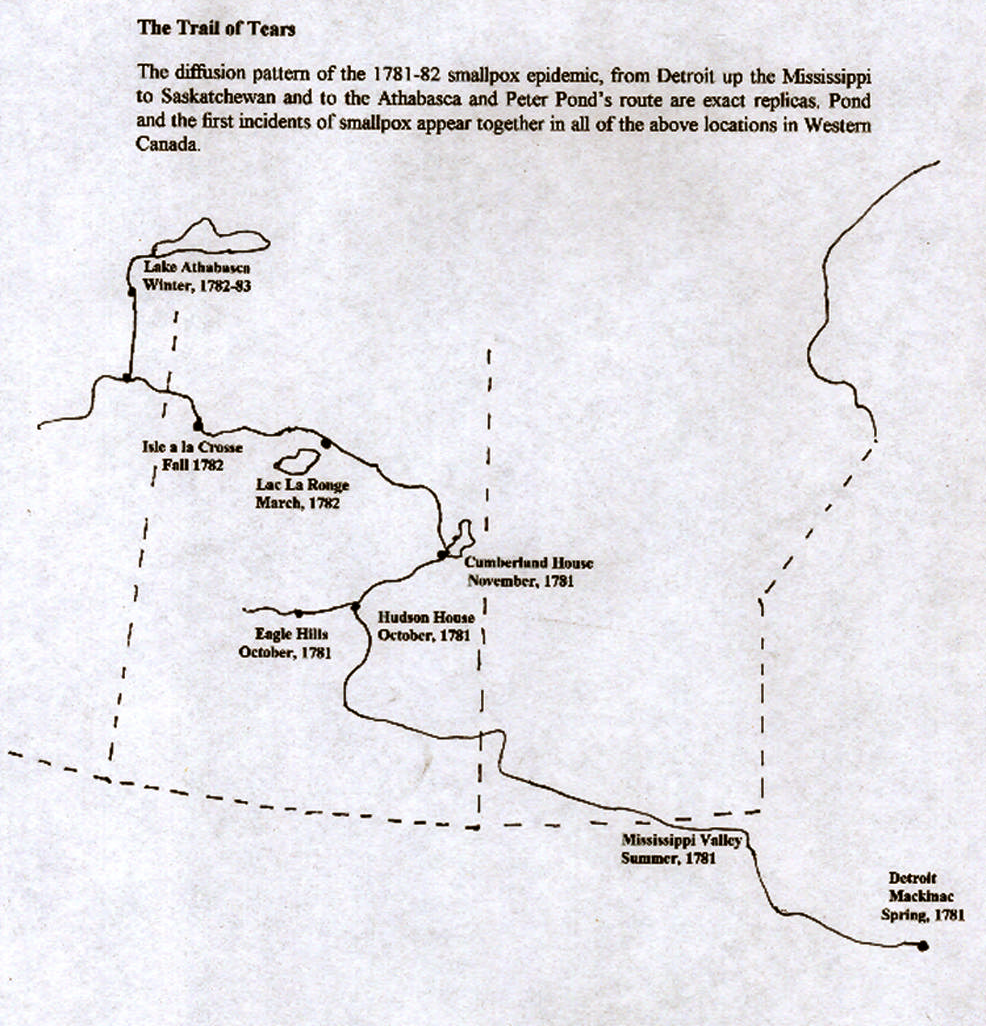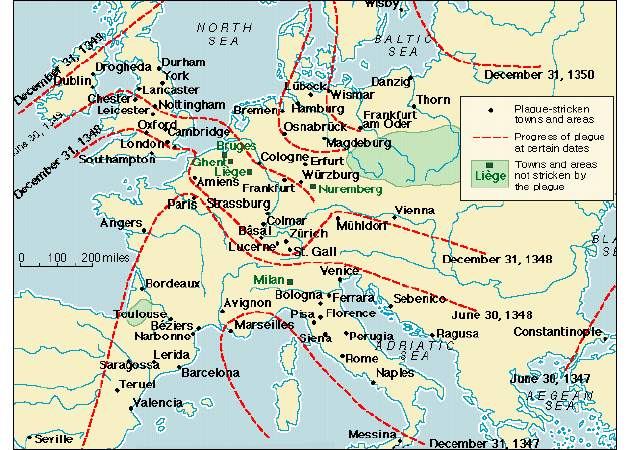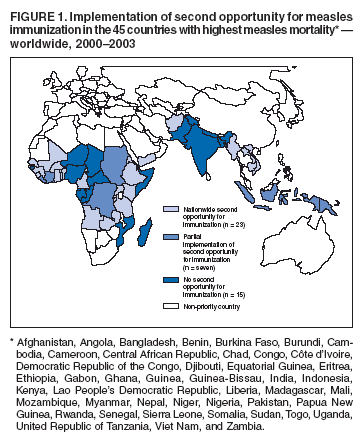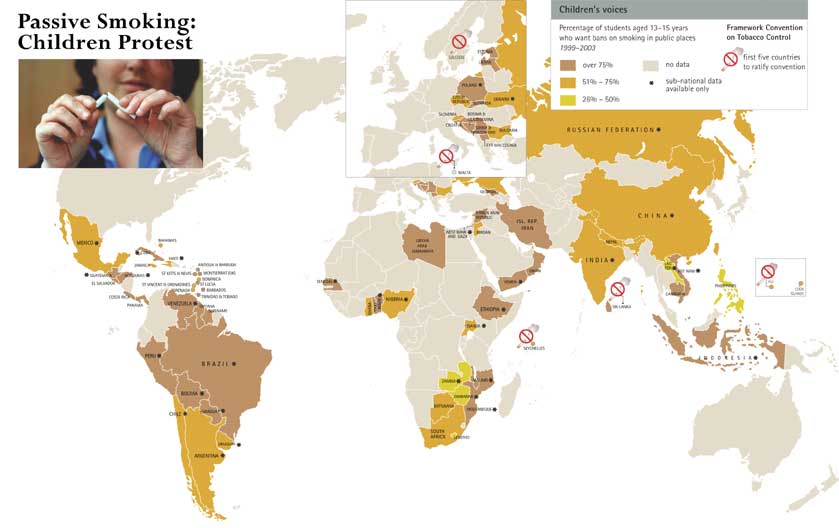Caption
Genital Mutilations and Cranial Deformation and Swaddling
Summary
The first map shows the areas of the world where male genital mutilation was practiced. The map differentiates between:
- extremely severe forms (flaying, circumcision, subincision) – dark shaded areas
- forms of lesser severity – solid lines
Elaborated from the data advanced by Murdock (1967) and Montagu (1945,1946).
The second map shows the areas of the world where female genital mutilation was practiced:
- extremely severe forms (infibulation) – darker shaded areas
- severe forms (clitoridectomy, excision) – lighter shaded areas
- areas with presence of such practices, though unclear
Elaborated from the data advanced by Hosken (1979) and Montagu (1945,1946).
The third map indicates where cranial deformation and swaddling took place:
- areas where these practices were detected, and their diffusion patterns.
Elaborated from the data advanced by Dingwall (1931).
“All maps are composed of data from native, aboriginal, subsistence-level peoples. In the Americas and Oceania, these data reflect conditions generally prior to the arrival of European settlers.”
Source
The Origins and Diffusion of Patrism in Saharasia, c.4000 BCE: Evidence for a Worldwide, Climate-Linked Geographical Pattern in Human Behavior, James DeMeo, Ph.D., 2000. [1]
A more extensive presentation of this work is available in Saharasia: The 4000 BCE Origins of Child Abuse, Sex-Repression, Warfare and Social Violence, In the Deserts of the Old World, Natural Energy Works, 1998.
Copyright
© James DeMeo, 2000. All rights reserved.

